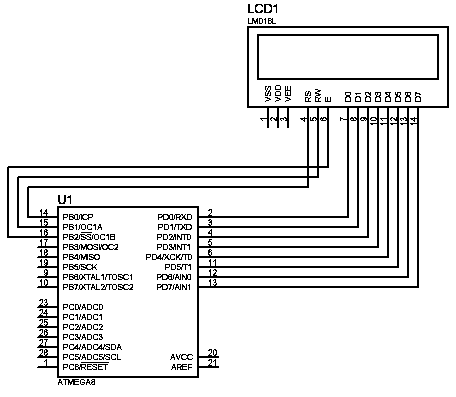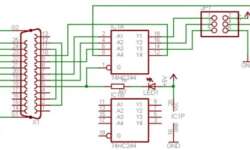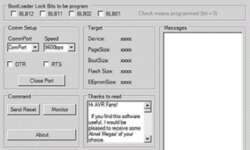Free pascal compiler for 8051 microcontrollers

If you like to work with 8051 microcontrollers and like Pascal programming language, here is Turbo51 – a free Pascal compiler for the 8051 families of microcontrollers. In the 1980s, Intel introduced the 8051 as the first member of the MCS-51 family of microcontrollers. Today hundreds of cheap 8051 derivatives are available from tens of manufacturers. This makes the MCS-51 architecture so interesting for professionals and hobbyists. It is a somewhat surprising fact that this 8-bit architecture is still in use today. In other words, it is still trendy. Several C compilers are available for the 8051. However, there are only a few Pascal compilers for the 8051 families available. There are many debates on which programming language is better. Turbo51 is for those who prefer Pascal. Turbo51 features a fast single pass optimizing compiler, Borland Turbo Pascal 7 syntax, full floating point support, mixed Pascal and assembler programming, full use of register banks, advanced multi-pass optimizer, smart linker, generates compact high-quality code, output formats include binary, Intel HEX and assembler source.










